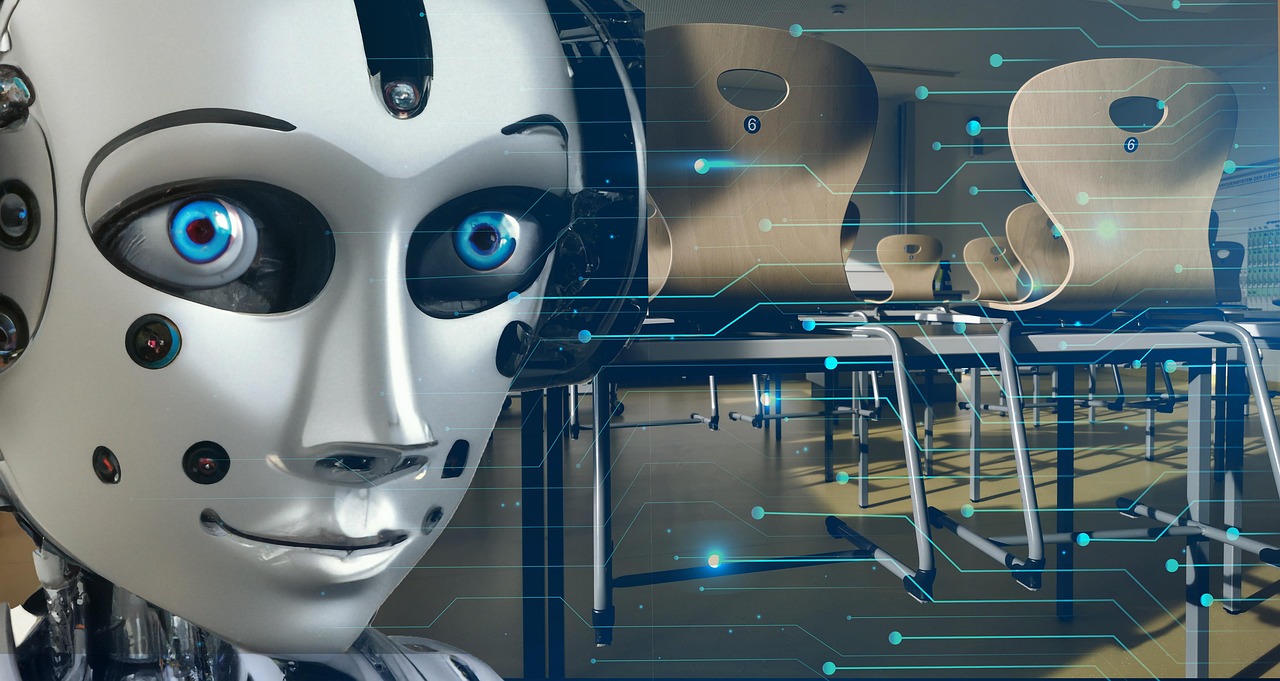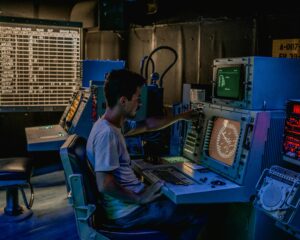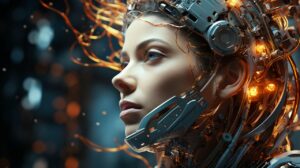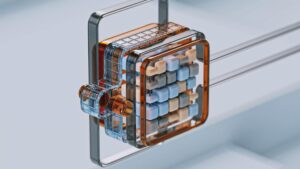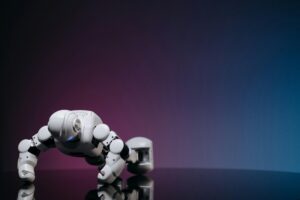Convergence of IoT and Machine Learning: Shaping the Future of Intelligent Systems
Introduction
The digital transformation of the 21st century is defined by two groundbreaking technologies—the Internet of Things (IoT) and Machine Learning (ML). Individually, they have revolutionized how humans interact with technology. IoT connects billions of devices, enabling seamless communication and data collection, while ML empowers systems to analyze, interpret, and predict patterns from vast datasets. When these two technologies converge, they unlock new dimensions of intelligence, automation, and efficiency, shaping the foundation for smart cities, autonomous systems, healthcare innovation, predictive maintenance, and industrial automation.
This article explores the convergence of IoT and Machine Learning in detail, covering the fundamentals, use cases, benefits, challenges, and future trends, while offering insights into how businesses, researchers, and governments can harness their combined power.
1. Understanding the Internet of Things (IoT)
The Internet of Things refers to the vast network of interconnected devices—ranging from smart home appliances to industrial sensors—that collect, transmit, and share data over the internet.
Key Characteristics of IoT:
-
Connectivity: Devices are connected to the internet and each other.
-
Data Collection: Continuous data streams from sensors, devices, and machines.
-
Automation: IoT supports minimal human intervention by automating tasks.
-
Scalability: Systems can integrate millions of devices across geographies.
Examples of IoT Applications:
-
Smart homes (connected thermostats, smart lighting, security systems)
-
Wearable health devices (fitness trackers, ECG monitors, glucose sensors)
-
Industrial IoT (IIoT) for predictive maintenance
-
Connected cars and autonomous vehicles
-
Smart agriculture (precision irrigation, soil health monitoring)
2. Understanding Machine Learning
Machine Learning is a subset of artificial intelligence (AI) that enables systems to learn from data, improve over time, and make intelligent predictions or decisions without being explicitly programmed.
Key Characteristics of ML:
-
Pattern Recognition: Identifies trends and anomalies in datasets.
-
Prediction: Forecasts future events using historical data.
-
Adaptability: Continuously improves as new data becomes available.
-
Automation: Reduces human involvement in decision-making processes.
Common Machine Learning Techniques:
-
Supervised Learning: Algorithms trained on labeled data (e.g., fraud detection).
-
Unsupervised Learning: Identifying hidden patterns without labels (e.g., customer segmentation).
-
Reinforcement Learning: Systems learn through trial-and-error (e.g., robotics).
-
Deep Learning: Neural networks mimicking human brain function for complex tasks.
3. The Convergence of IoT and Machine Learning
While IoT focuses on data generation through devices and sensors, ML specializes in data interpretation. The convergence of these two domains transforms raw IoT data into actionable insights, enabling real-time decision-making and autonomous operations.
Why IoT Needs Machine Learning:
-
IoT devices generate massive amounts of data that cannot be processed manually.
-
ML algorithms extract meaningful insights from data streams.
-
Enables predictive and prescriptive analytics, not just descriptive.
-
Supports automation by allowing devices to act without human input.
Why Machine Learning Needs IoT:
-
ML requires large datasets for training and accuracy.
-
IoT provides real-world, continuous, and dynamic data.
-
Expands the applicability of ML across industries.
4. Architecture of IoT-ML Systems
An integrated IoT and ML ecosystem typically involves:
-
Data Collection – IoT sensors gather data (temperature, location, pressure, health metrics).
-
Data Transmission – Data is sent to edge devices or cloud platforms.
-
Data Processing – Preprocessing and cleaning raw IoT data.
-
Machine Learning Integration – ML models analyze and generate predictions.
-
Actionable Insights – Results trigger automated responses (e.g., shutting down machinery before breakdown).
-
Feedback Loop – Continuous learning improves system accuracy over time.
5. Key Applications of IoT and ML Convergence
a) Smart Cities
-
Traffic management using predictive ML models.
-
Smart grids for efficient energy distribution.
-
Waste management optimization through sensor-driven predictions.
b) Healthcare
-
Wearable IoT devices track patient health in real time.
-
ML algorithms detect anomalies (e.g., early signs of heart disease).
-
Personalized treatment plans based on continuous monitoring.
c) Industrial IoT (IIoT)
-
Predictive maintenance to minimize downtime.
-
ML-powered fault detection in assembly lines.
-
Energy optimization across large-scale operations.
d) Agriculture
-
IoT sensors monitor soil, weather, and crop health.
-
ML predicts crop yields and pest outbreaks.
-
Precision farming reduces resource wastage.
e) Autonomous Vehicles
-
IoT sensors provide real-time environmental data.
-
ML algorithms make instant driving decisions.
-
Improves road safety and efficiency.
f) Retail and Supply Chain
-
IoT sensors track inventory and shipments.
-
ML forecasts demand and optimizes logistics.
-
Personalized customer experiences through data-driven insights.
6. Benefits of IoT and ML Integration
-
Enhanced Decision-Making – Real-time analytics improve outcomes.
-
Operational Efficiency – Automation reduces costs and downtime.
-
Scalability – Systems can manage billions of devices.
-
Predictive Capabilities – Anticipating failures and needs before they occur.
-
Personalization – Delivering tailored services to users.
-
Safety and Risk Reduction – Early detection of hazards.
7. Challenges in the Convergence of IoT and ML
Despite its potential, IoT-ML integration faces several hurdles:
-
Data Privacy and Security – Sensitive data is vulnerable to cyberattacks.
-
Scalability Issues – Managing billions of IoT devices requires robust infrastructure.
-
Data Quality – Inconsistent, noisy, or incomplete data reduces ML accuracy.
-
Latency Concerns – Real-time processing demands edge computing.
-
High Costs – Infrastructure and deployment expenses can be significant.
-
Interoperability – Different IoT devices may lack standardization.
8. The Role of Edge and Cloud Computing
For effective IoT-ML convergence, data processing location is crucial.
-
Cloud Computing enables massive data storage and centralized ML training.
-
Edge Computing processes data near the source (IoT devices), reducing latency.
-
A hybrid model combines both for optimal results.
Example: In autonomous vehicles, real-time decisions (like braking) require edge ML, while long-term model training happens in the cloud.
9. Real-World Examples
-
Google Nest: Smart thermostats using IoT sensors and ML to predict heating/cooling needs.
-
Tesla Autopilot: IoT-enabled sensors feeding ML models for autonomous driving.
-
Siemens Predictive Maintenance: ML-powered IoT solutions for manufacturing.
-
Healthcare IoT by Philips: Wearables predicting patient health risks.
10. Future Trends in IoT and ML Convergence
-
5G and Beyond: Faster connectivity will support billions of IoT devices.
-
Federated Learning: Training ML models without sharing raw data, improving privacy.
-
AIoT (Artificial Intelligence of Things): A fully intelligent IoT ecosystem.
-
Digital Twins: Virtual replicas of physical systems powered by IoT and ML.
-
Sustainability Applications: Optimizing energy, reducing emissions, and managing resources.
-
Quantum Computing: Accelerating ML for massive IoT data processing.
11. Ethical and Security Considerations
The convergence raises concerns around:
-
Data Ownership: Who controls IoT-generated data?
-
Bias in ML Models: Risk of inaccurate predictions due to biased training data.
-
Privacy Violations: Continuous monitoring may invade personal space.
-
Cybersecurity Threats: IoT devices as entry points for hackers.
Governments and organizations need regulations, encryption, and robust governance to ensure safe deployment.
12. Business Implications
-
Companies leveraging IoT-ML will gain competitive advantages through efficiency and customer insights.
-
Startups in AIoT space are witnessing rapid growth opportunities.
-
Enterprises must balance innovation with security and compliance.
Conclusion
The convergence of IoT and Machine Learning is more than a technological advancement—it is a paradigm shift toward intelligent, autonomous, and efficient systems that redefine how industries, cities, and individuals function. By integrating IoT’s data-generating capabilities with ML’s predictive power, organizations can unlock transformative potential in healthcare, transportation, manufacturing, agriculture, and beyond.
While challenges in privacy, security, and scalability remain, the benefits far outweigh the risks. The next decade will witness AIoT ecosystems driving the fourth industrial revolution, fostering smarter decisions, sustainable growth, and a more connected world.
https://bitsofall.com/smart-cities-and-iot-applications-building-the-future-of-urban-living/
Finance and Market Prediction: The Science, Strategies, and Future of Forecasting

